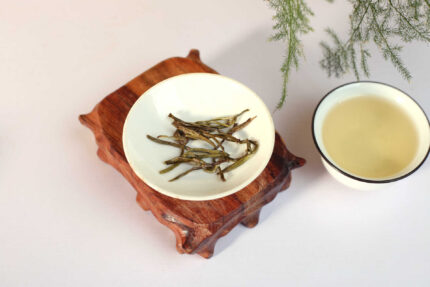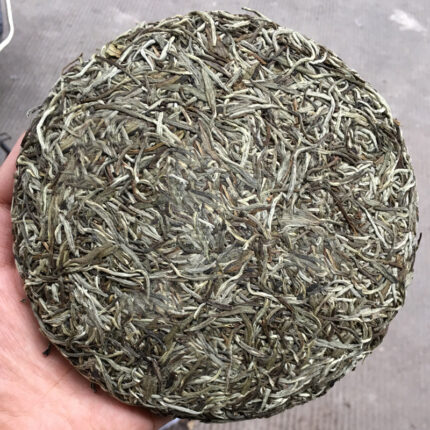Definition and Properties
White tea is one of China’s six major tea categories (including green tea, black tea, oolong tea, white tea, yellow tea, and dark tea). It falls under the category of lightly fermented tea. Its core feature lies in its simple processing: no pan-frying or rolling is involved. Instead, it is made solely through withering and drying processes, which maximize the retention of the tea leaves’ natural shape and nutritional components (such as tea polyphenols and amino acids).
Common Varieties and Producing Areas
Well-known Varieties
Silver Needle
White Peony
Gongmei
Shoumei
Core Producing Areas
Fuding, Fujian
Zhenghe, Fujian
These two regions are designated as geographical indication producing areas for Chinese white tea.
Usage Examples
Referring to the tea category: White tea is famous for its fresh and mellow taste.
Referring to the beverage: She likes to drink white tea in the morning.
Cultural Relevance
White tea has a long history in China, dating back to the Northern Song Dynasty (960–1127 CE). It gets its name from the fine white fuzz covering its buds and leaves, which gives the tea a silvery-white appearance. Not only is it a daily beverage, but it also holds an important position in Chinese tea culture (and global tea culture) due to its unique quality.
Original price was: $38.00.$27.59Current price is: $27.59.


